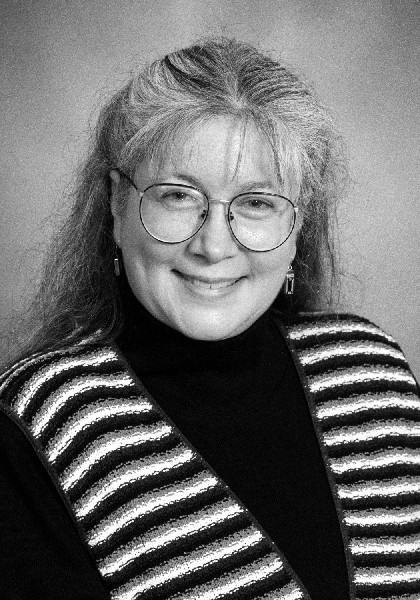[W]hat seems to characterise community is a sense of commonality: of a common identity, a common purpose, or a shared set of beliefs. . . . [C]ommunity, as an ethical and political ideal, is often represented in opposition to indivudualism or liberalism. —Nikki Sullivan, A Critical Introduction to Queer Theory (136)
Required Readings
Sullivan, Ch. 8 “Community and its Discontents” (136-150)
Texts in Moodle2:
McWhorter, Bodies and Pleasures, Ch. 2 “Genealogical Diversions: Wherein the Ascetic Priestess Loses Her Way and Begins to Wander Aimlessly through Dem Ole Cotton Fields Back Home” (34-61), “Inconclusion” (228-229)
Young and Weiner, Queer Bonds, Introduction (223-241)
Halperin, “The Normalization of Queer Theory” (339-343), in Queer Theory and Communication: From Disciplining Queers to Queering the Discipline(s)
Gearhart, “Foreword: My Trip to Queer” (xxi-xxx), in Queer Theory and Communication
Graduate students update Queer Theory: From “Queer and Now” to “What’s Queer about Queer Studies Now?” to “Queer and Then? The End of Queer Theory? ” to “Queer and Not Now,” for example
Graduate Readings (Moodle2):
Rodriquez, Queer Bonds, “Queer Sociality and Other Sexual Fantasies” (331-348)
Freeman, Time Binds: Queer Temporalities, Queer Histories, Preface (ix-xxix), Introduction: “Queer and Not Now” (1-19)
Additional Resources
Film: Go Fish (Rose Troche 1994)
Trailer http://www.youtube.com/watch?v=VLRCk7s4M8I
Go Fish on Wikipedia
Go Fish on Movieclips
Roger Ebert review of Go Fish
Due This Week
- Notes on readings in Moodle2 in place of Ten key Terms or concepts in readings
- Two LGBTQIA representations
- Two LGBTQIA issues
- Queer Theory Week 14 Questions on Readings
